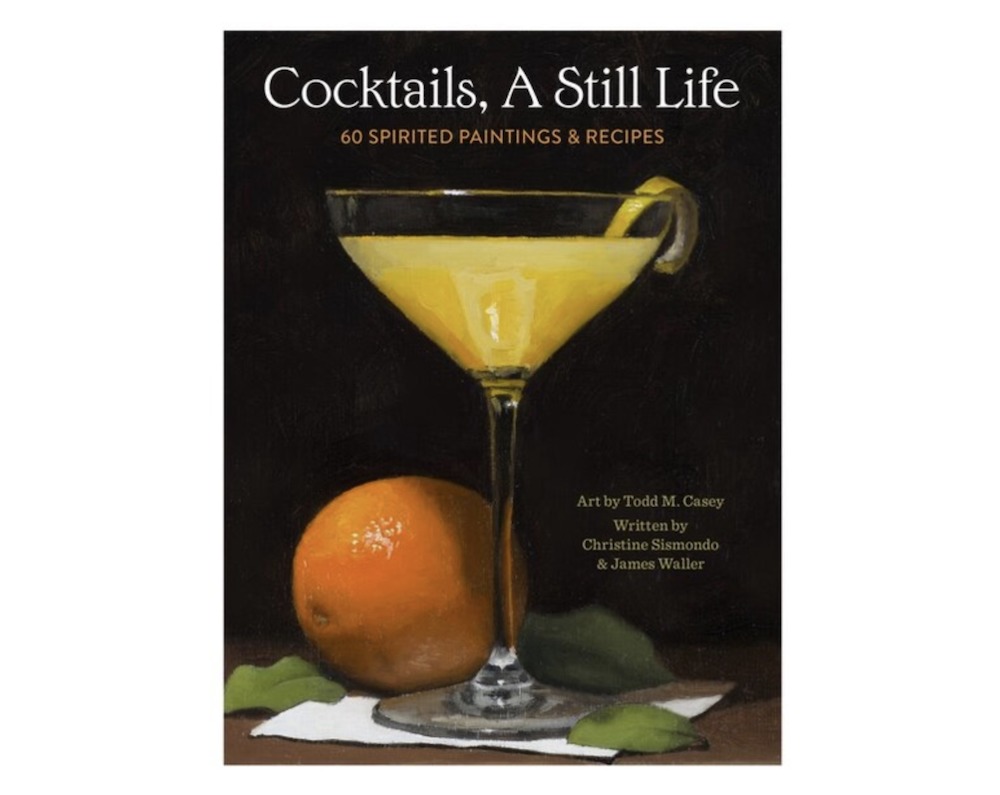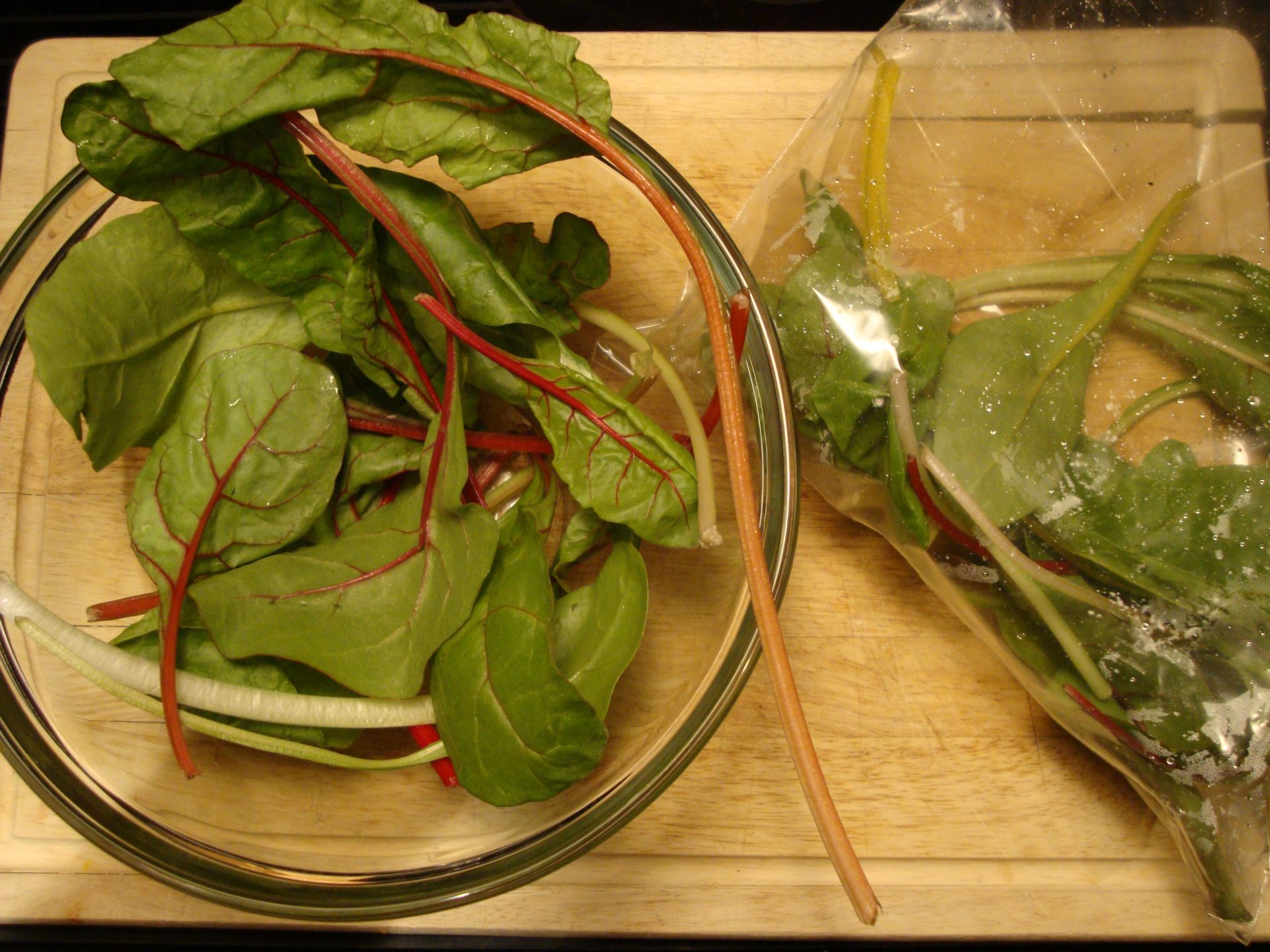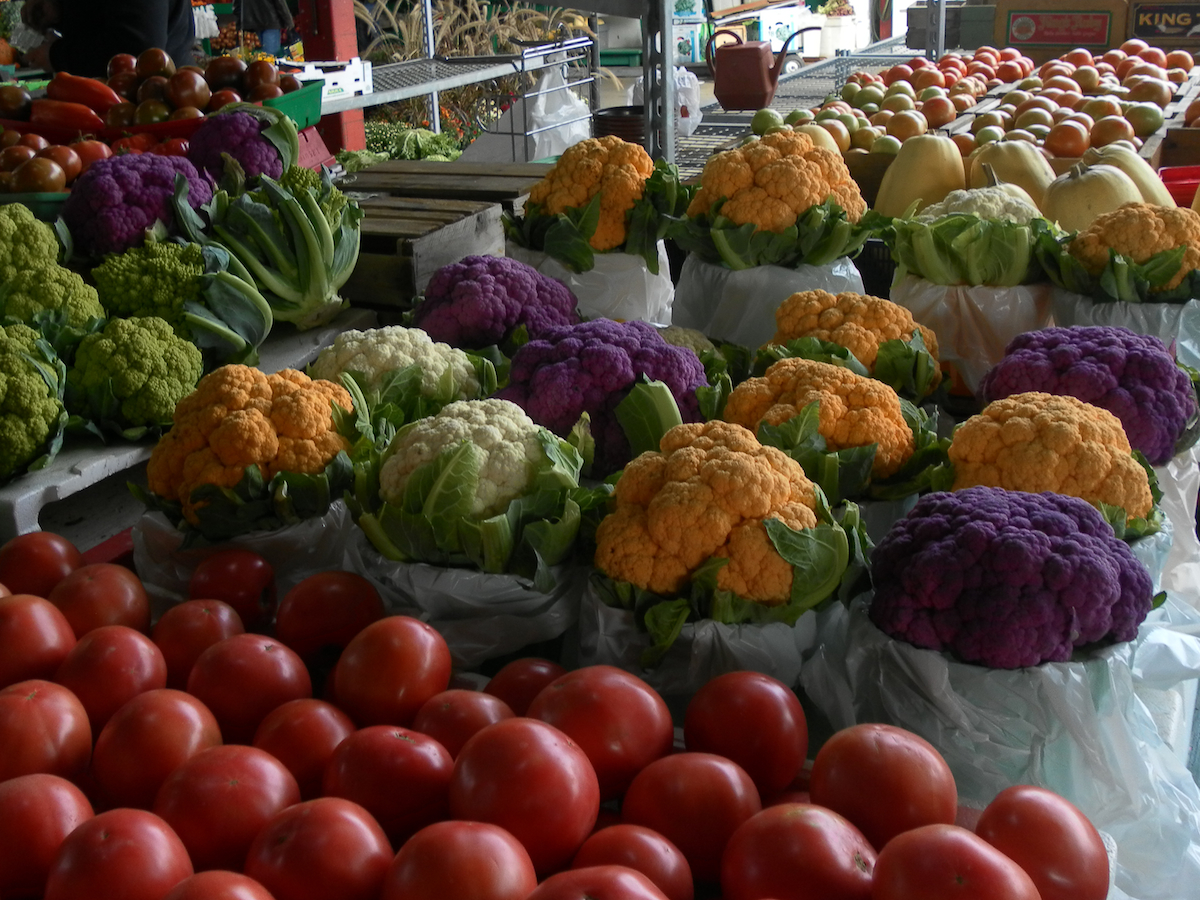
Captain Kirk boldy goes where no man has gone before by ingesting yet another faulted wine
There’s a lot of great wine out there, but there’s also a lot of stuff that I feel should never have been bottled.
I recently attended the Nebbiolo Prima symposium in Alba, Piemonte, where I blind tasted around 350 Barolo, Barbaresco, and Roero over the course of five days. Nebbiolo Prima is an annual event, and one of the most important in the Italian wine calendar. It attracts around 150 invited wine writers from around the globe who come to analyse all of these Nebbiolo wines in close-to laboratory conditions, being given only the DOCG, commune, and vineyard on their appraisal sheets. This is some serious stuff. And these are some serious, and in many cases expensive, wines.
It is a thoroughly fascinating and educational experience, particularly when one comes to understand the nuances of both the region’s topography and soil composition, and how one can begin to pick up on correlations between these factors, amongst others, and the final product in the glass.
After returning from Alba a few colleagues asked me how I could possibly keep my head and palate above water after tasting so many wines in a day. A fair question…
I pulled out my crumpled, wine-stained, and breadstick-crumb-covered sheets to show them an average day’s tasting. On the right-hand side of the right-hand column I had squiggled a cornucopia of mystic symbols, letters, and numbers; this is my personal method of evaluating the wines in daft incomprehensible shorthand, my own secret vinous code if you will. Bracing myself to face a barrage of cryptological questions about my scrawlings, I handed the sheets around my peers…
“What the hell do all the negative signs mean?”
“Ah, those would be wines that I took to be faulty, and the greater majority of those wines never made it anywhere near my mouth…”
“Wow… there must have been… errrr… a lot of faulted wines?”
And therein lies the crux of this article, something that I hope will provoke discourse in the comments below.
Piemonte is a region that is lauded the world over for producing some of the world’s finest wines, for the most part Nebbiolo based, and so why in the name of Bacchus were such a great percentage of the wines being presented to the world’s wine press marginally/moderately/utterly faulted?… and you thought our job was a bed of (tar and) roses?
Now not’s let think for a moment that this issue is confined to northwestern Italy, no siree Bob.
One can find pretty much identical issues in wines from all over the globe, whether in competition, in restaurants, or on wine store shelves. What with the vast improvements in both viticultural and winemaking techniques/technology that have happened over the past fifteen years or so one would be right to ask the question: “Why so many bad wines?”
And just to clarify matters, I’m not just speaking of mediocre wines here. I am referring to seriously faulted wines.
Only a few weeks back I was informed by a well respected writer and judge that at a recent high level competition he felt that at least 20% of the Ontario wines were faulted. I have often sat on judging panels and thought “What the hell was Winemaker X thinking putting a wine like this forward for competition?”, as he or she obviously knew that the wine in question was criminally faulted. But I guess the fact is that sometimes they don’t.
The truth is that some Winemakers can become so used to farting around with the wine in their cellars concentrating upon other important elements, that occasionally they lose their detection threshold level for so many of those pesky faults:
- Perhaps one of the acetic (smells like vinegar), sorbic (smells like geranium), or butyric (smells like over-the-hill Camembert) acids.
- The infamous 2,4,6-Trichloroanisole (cork taint or outrageously mouldy basement/wet cardboard).
- Or innumerable wine-crippling reductive issues (smells ranging from pickled-egg-induced-flatulence to rotten onions and everything in between).
- And let’s not even talk about the even more controversial nuances such as funky brettanomyces (sweaty horse groin) or the devilish geosmin (unspeakably stinky turnips).
- And that is seriously only scraping the rancid surface.
Oh yes, I shouldn’t forget that there’s the odd occasion upon which wines contain a perplexing combination of the aforementioned… and sometimes others.
A relatively recent and relevant illustrative example of this would be the methoxypyrazines found mainly in wines with fruit sourced from the Beamsville Bench in the 2001 vintage. If that sounds like a bit of a mouthful, then try Ladybug Taint? Remember that? That little fault that made many an Niagara Chardonnay taste like Sauvignon Blanc and in greater concentrations like a half jar of rank peanut butter topped off with acrid urine? I still wonder how so many of those wines were allowed out of the winery door.
Upon tasting the early release Rieslings and Unoaked Chardonnays esteemed veteran writer David Lawrason called the vintage out, bringing attention to what many in the industry chose to refer to as “an oversight”. After this came out in the open much of the tainted wine was recalled or, in the case of many of the reds, never released. Whilst being a bit of an anomaly in the relatively nascent Ontario wine scene, the Old World is no stranger to exactly the same issue. When was the last time you tasted a 2008 white Burgundy? Go have a sniff and chances are that you’ll find that it positively reeks of Coccinellidae.
My question is WHY would a winery release a wine that could potentially damage the house/brand reputation? Is this due to what is oft called “Cellar Blindness” or financial pressures from beancounting owners? Granted, throwing away gallons of funky (in a bad way) juice is often not an viable fiscal option for a smaller operation, but this happens with a lot of the big players too. And I’ll just throw this out there… maybe they understand that the average consumer doesn’t know any better?
Now perhaps a writer or judge’s education may have brought them to a point where they immediately search for faults in a wine before being able to savour anything else in the glass? Also, as wine professionals, we become so used to tasting “clean” wines, that anything “dirty” really stands out. Don’t get me wrong, I like a bit of “dirty” in my wines, with many of my all-time favourite tipples positively overflowing with brett and volatility, Château Musar and the stinkier Gevry Chambertins to name but two. So I guess there is a degree of subjectivity here…
But… with all this in mind…
Am I wrong to ask the question “Why so many bad wines?”
Discuss below please.
Postscript: Gord Stimmell just wrote a related piece in The Star today.
 Edinburgh-born/Toronto-based Sommelier, consultant, writer, judge, and educator Jamie Drummond is the Director of Programs/Editor of Good Food Revolution… And he does enjoy a good rant about such matters.
Edinburgh-born/Toronto-based Sommelier, consultant, writer, judge, and educator Jamie Drummond is the Director of Programs/Editor of Good Food Revolution… And he does enjoy a good rant about such matters.








Wow. The silence is positively shocking on this. Thought there’d be a lot more congratulatory pats on the back for putting this on the table.
Piedmont is also among my favourite regions and Nebbiolo certainly one of my go-to varieties. Over the past decade or two I found many Piedmont producers to be caught up in the global trend of building concentrated, more powerful wines via the barrique vessel, Barolo and Barbaresco were no exception. Perhaps the growing trend of organic/biodynamic grape growing and minimal intervention winemaking has opened the door to what the conventional practitioner would consider flawed winemaking? In competitive economies trends tend to become quite attrative. Perhaps the bandwagon hasn’t yet ironed out all the wrinkles?